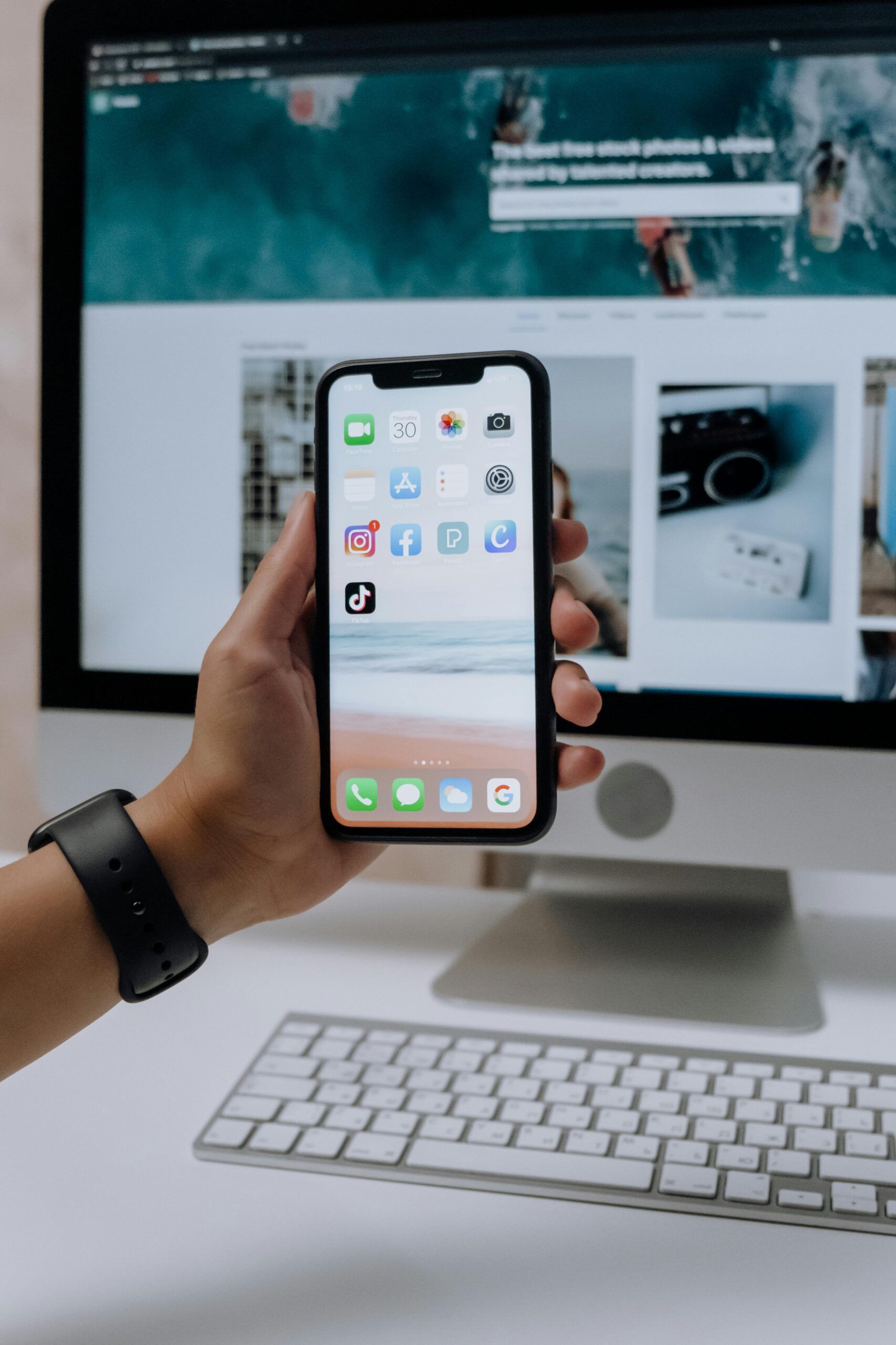In today’s competitive app market, creating a great product isn’t a one-time effort. Continuous improvement is key to user retention and satisfaction. One of the most effective ways to guide these improvements is through user feedback. Listening to your users not only uncovers bugs and usability issues but also provides valuable insights into features they love — and those they wish you had.
In this blog, we’ll walk you through the best practices for collecting, analyzing, and implementing user feedback so you can grow your app sustainably and stay ahead of the curve.
Why User Feedback Is Critical for App Success
Before we dive into the how, let’s clarify the why:
Identifies pain points early
Builds a customer-first culture
Improves user retention and engagement
Prioritizes updates based on real needs
Strengthens product-market fit
Apps that evolve based on real-world usage and user insights tend to have higher ratings, better reviews, and more loyal customers.
> ✅ Want to see how Metasys Innovations, helps app developers implement real-time user feedback seamlessly? Check out our platform here.
1. Choose the Right Feedback Channels
Users interact with your app in various ways, so feedback collection must be multi-faceted.
💬 In-App Surveys
Tools like Typeform, Survicate, or custom pop-ups can prompt users to answer quick questions about their experience.
📨 Email Feedback
Automated follow-up emails asking for feedback after a session or purchase can yield detailed responses.
⭐ App Store Reviews
Monitor reviews using tools like AppFollow or Appbot to catch trends and recurring issues.
💬 Live Chat & Support Tickets
Customer support is often the first place issues show up. Integrate support data into your feedback loop.
🧠 User Analytics
Pair qualitative feedback with quantitative data (e.g., heatmaps, drop-off points) to understand what users do, not just what they say.
2. Ask the Right Questions
Effective feedback comes from asking the right questions, at the right time.
Here are a few that work wonders:
“What’s the one thing you wish this app could do?”
“Was anything confusing or frustrating during your experience?”
“How likely are you to recommend this app to a friend? (NPS)”
“What feature do you use the most — and why?”
3. Organize and Categorize Feedback
Once you collect feedback, don’t just sit on it. Use feedback management tools like:
Canny or Productboard to group ideas by popularity
Notion, Trello, or Jira to create action items
Tag by feature, issue type, and sentiment to help with prioritization
4. Turn Feedback Into Action
Turning feedback into product decisions is what separates top-performing apps from the rest.
🔁 Prioritize by Impact and Effort
Use a framework like ICE (Impact, Confidence, Ease) or RICE (Reach, Impact, Confidence, Effort) to weigh what gets built first.
🧪 Test Solutions
Before fully rolling out a feature, use beta testing groups or feature flags to validate changes with a small group.
📢 Communicate Updates
Let your users know you’re listening. Release notes, in-app announcements, and follow-up emails showing changes based on their feedback create trust and goodwill.
5. Make Feedback Collection a Continuous Process
Feedback isn’t a one-time event — it’s an ongoing dialogue.
Build it into your product lifecycle
Review it during every sprint planning
Create a feedback hub that’s visible to all team members
Track progress publicly with changelogs or roadmaps
By making feedback part of your company culture, you create a more agile, responsive app experience.
Final Thoughts
Continuous improvement begins with continuous listening. Collecting and using user feedback effectively isn’t just good practice — it’s essential for long-term app growth. From choosing the right channels to acting on what you learn, building that feedback loop can take your app from good to great.
> 🚀 Ready to turn user feedback into your app’s competitive advantage? Explore our tools and get started today. www.metasysinnovations.com
